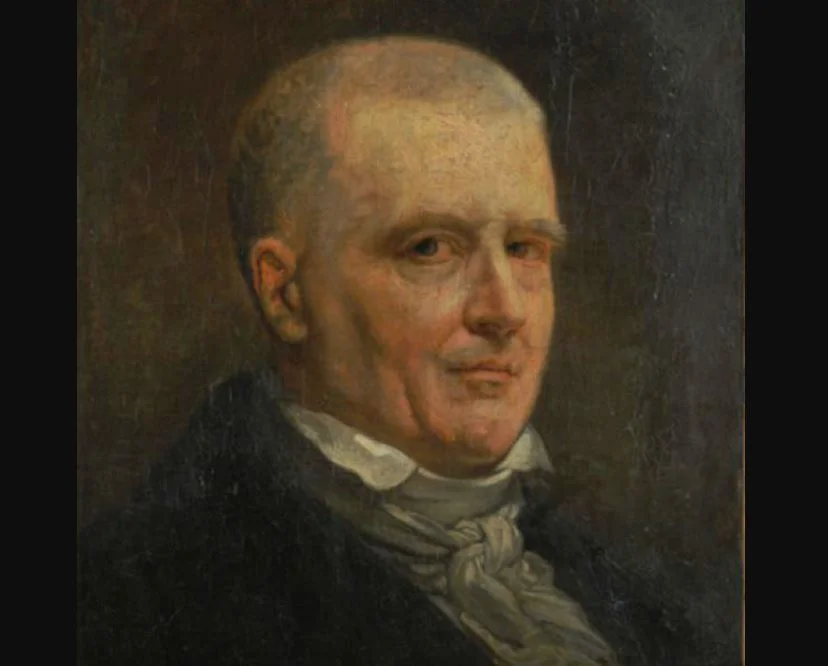One of the greatest Rococo artists in history was nearly forgotten in the 19th century, but his reputation as one of the defining painters of an era has only grown since ith the increased interest in his oeuvre.
In this post, we’ll take a closer look at some of the most interesting facts about Jean-Honoré Fragonard, one of the greatest and most prolific French painters of the 18th century.
1. Fragonard was born in the world capital of perfume
Jean-Honoré Fragonard was a French painter and the leading artist of the Rococo Era, a period following the artists of the Baroque period. Art and architecture in this period are defined by rich ornaments and theatrical elements that were even more exuberant than Baroque works.
The artist had a humble background as the son of a glover in Grasse, a town in the utmost southeastern corner of France in what is now the Alpes-Maritime Department.
This town is located in the Provence-Alpes-Côte-d’Azur region and situated on the French Riviera. It’s world-famous as the capital of perfume, an industry that was established in the city in the Early Renaissance period.

2. His talent for painting was discovered in his teens
The artist’s father wasn’t that great with money so he was forced to take on a job with a notary in Paris during his teens. This turned out to be a great thing for the young Jean-Honoré as his talent for drawing and painting was discovered here.
He got a training course at the atelier of Jean-Baptiste-Siméon Chardin (1699-1779), a French painter considered to be the ultimate master of still life, at the age of 18.
After just 6 months he was considered to be ready to become the apprentice of one of the most renowned artists of the time, François Boucher (1703-1770). His first works were replicas of paintings of the master.
Both men eventually turned out to become some of the most respected painters of the 18th century and the leading artists of the Rococo style.
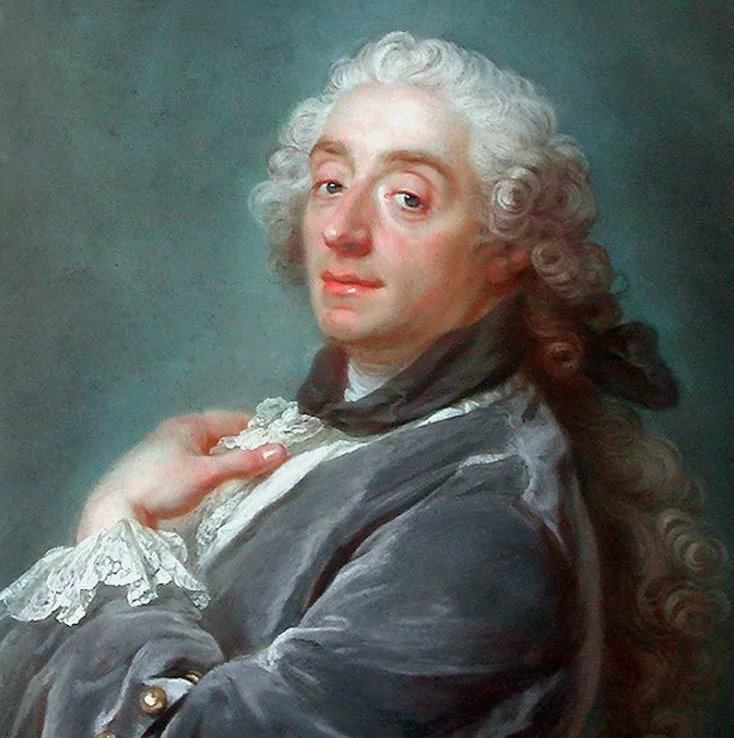
3. He earned a prestigious scholarship in the early 1750s
His level had reached extremely high peaks by the time he reached his early twenties. In order to take his career to the next level, he submitted a painting called “Jeroboam Offering Sacrifice for the Idol” (1752) for the Prix of Rome.
He ended up being admitted to the prestigious academy in Rome, but he first studied for 3 additional years under the versatile artist Charles-André van Loo (1705-1765).
This was a great move as it broadened his perspective and added a great note to his resumé. After all, van Loo was named First Painter to King Louis XV of France in 1762.
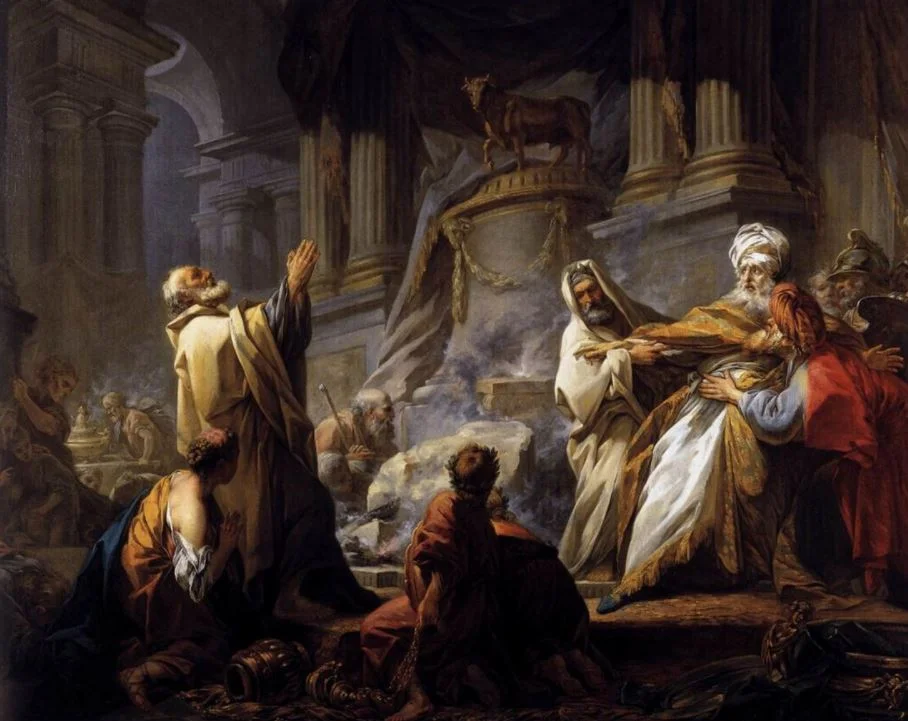
4. His period in Italy defined his initial style of painting
The Prix de Rome was one of the most prestigious art academies in the world at the time. It was originally founded on the orders of King Louis XIV of France in 1663, with the help of leading politicians and artists such as Jean-Baptiste Colbert, Charles Le Brun, and Gian Lorenzo Bernini.
This award wasn’t to be taken lightly since world-famous artists such as Jacques-Louis David, Édouard Manet, and Edgar Degas, all saw their submission rejected at one point.
The French Academy in Rome was originally located at the Palazzo Capranica, now a theater in the Colonna district of Rome. By the time the young artist arrived here, it had been moved to the Palazzo Mancini.
It eventually moved to the Villa Medici, not too far from the Galleria Borghese in the Borghese Gardens, under the command of Napoleon in the early 19th century before being abolished in 1968.
Fragonard arrived in Rome on September 17, 1756, and completed the 5-year long state-funded training in 1761.

5. He got inspiration from the works of Dutch and Flemish painters
While in Italy, Fragonard got to discover works of art from some of the most famous painters in history while traveling to all corners of the country. His fascination mostly went to the leading Dutch and Flemish painters.
His work clearly shows his admiration as he mimicked their loose brushstrokes, and he managed to take the facility in which these masters painted to another level.
During his stay in Venice, he became intrigued by the works of Venetian master Giovanni Battista Tiepolo (1696-1770), a man considered to be the greatest decorative artist of the 18th century.
His biggest inspirations during this period were the works of Peter Paul Rubens, Hals, Rembrandt, and Ruisdael.
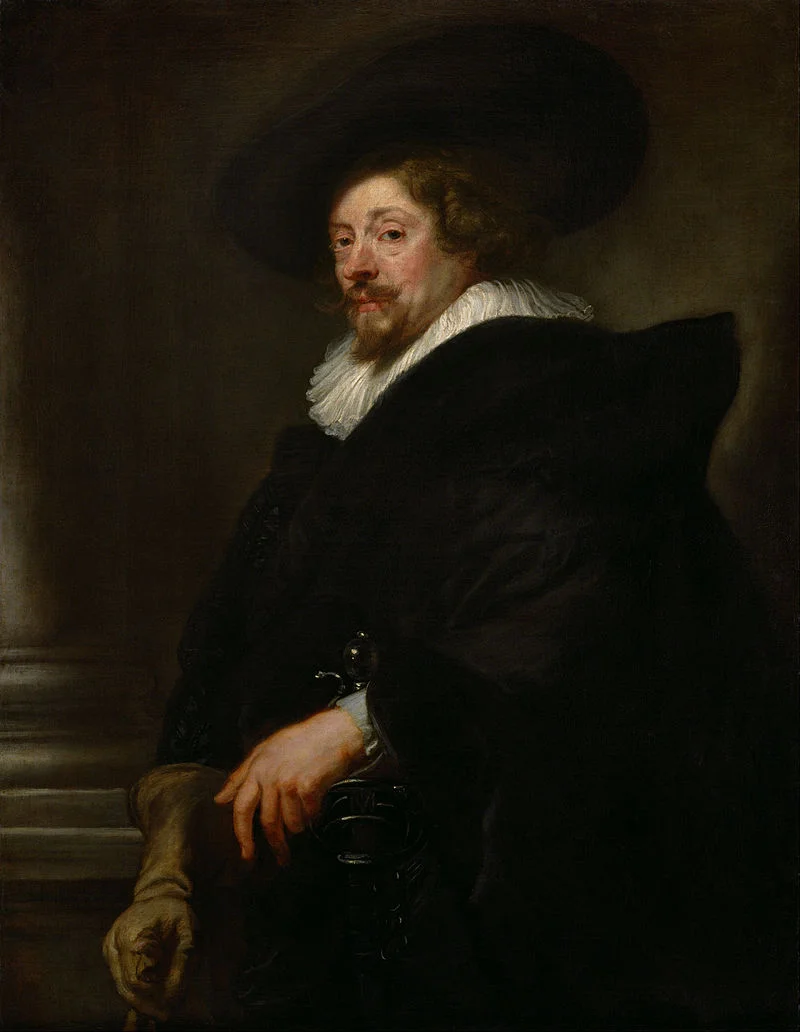
6. The artist created his ultimate masterpiece in the 1760s
One of the ultimate masterpieces of Fragonard and the Rococo Period, in general, is a painting called “The Swing” (1767). He finished this work just a few years following his return to Paris from Italy while he was in his mid-thirties.
Even though it’s far from being the most monumental painting in his oeuvre (it only has dimensions of 81 × 64.2 centimeters / 31 × 25 inches), this frivolous manner of both the subject and how it was painted really defines Rococo.
The painting is part of the Wallace Collection and can be admired at the Hertford House in Manchester Square in London.

7. He started getting commissioned from the highest positions
One of the most amazing facts about Jean-Honoré Fragonard is that a painting he created in 1765 was exhibited at the Salon of Paris that year and ended up being bought by King Louis XV himself, who in return had it reproduced multiple times.
This painting is called “Coresus Sacrificing Himself to Save Callirhoe” and is now on public display at the Louvre Museum in Paris.
It was also this painting that got him into the “Académie Royale de Peinture et de Sculpture,” the most important art institution in France during the latter years of the “Ancien Régime.”
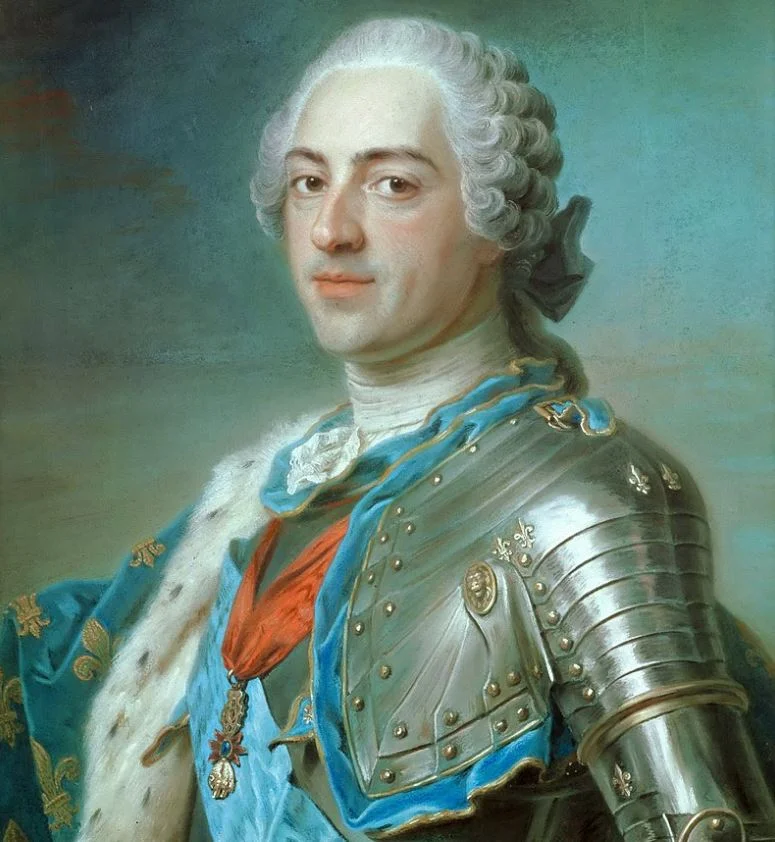
8. His work wasn’t appreciated as much as he would have liked
Following this crucial moment in Fragonard’s career, he started getting commissions from the highest-ranking officials in the country. He created multiple paintings for King Louis XV as his exuberant style perfectly matched the promiscuous nature of the court at the time.
Unfortunately, times were changing and his works during this period didn’t receive the praise as the ones that won him the prestigious awards in the past.
In the late 1760s, he married Marie-Anne Gérard and decided to radically change his style and experiment with Neoclassicism, a style that quickly gained popularity during this period. He also traveled all across Europe to find the inspiration he needed, journeys that brought him back to Italy, but also Vienna, Prague, Dresden, Frankfurt, and Strasbourg.
Unable to get himself to commit to this radical change, he focused on becoming a teacher to both the sister of his wife, Marguerite Gérard (1761-1837), and his own son Alexandre-Évariste Fragonard (1780-1850). Both ended up becoming relatively renowned artists themselves.
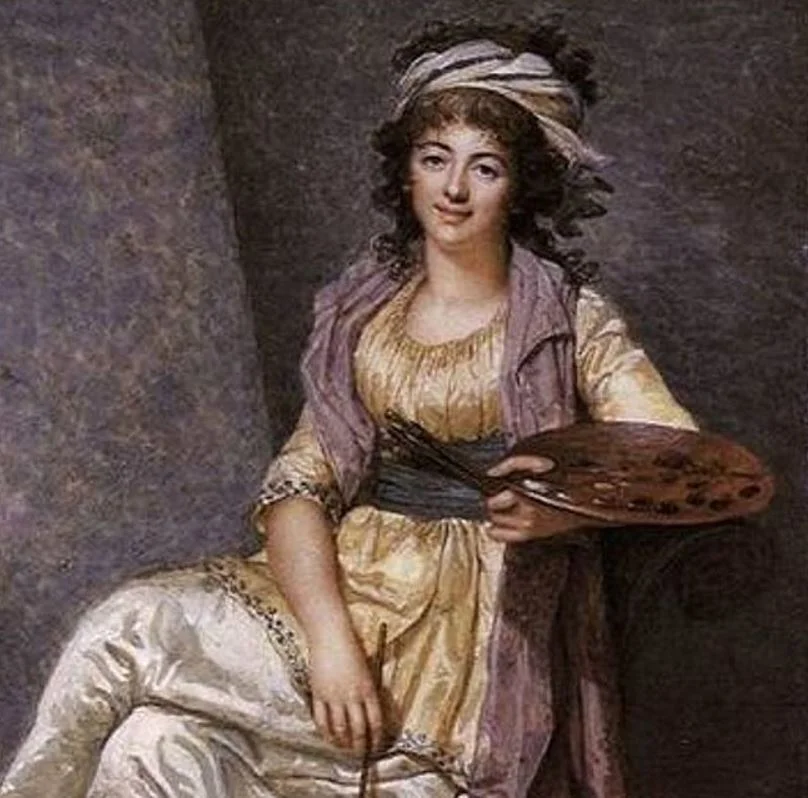
9. His career went downhill after an important event
The most defining period in the history of France was the French Revolution which started in 1789. It meant the end of the Ancien Régime and many of his former patrons were either beheaded at the Place de la Concorde in Paris or exiled.
This pretty much meant the end of the career of Jean-Honoré Fragonard as well and he managed to return back to his hometown of Grasse and stay with his cousin Alexandre Maubert. In return, the artist decided to decorate the house of his welcoming family member.
One of the most fascinating facts about Jean-Honoré Fragonard is not just that this villa still exists, but also that it has been turned into a museum. At the Villa-Musée Jean-Honor Fragonard, you can admire some of the works of the artists he created during his stay here following his escape from Paris.

10. His art received the credit it deserved in the late 19th century
The artist died in 1806 after returning back to Paris following his stay in Grasse. Remarkably, his artwork pretty much stayed under the radar the first half of the 19th century.
This remained the case until the Impressionist Artists started getting inspiration from his works in the 1870s, more specifically his grandniece, Berthe Morisot (1841-1895), and Pierre-Auguste Renoir (1841-1919).
Most importantly, his work is now considered to be the embodiment of the Rococo art movement and the artist one of the most prolific (he created over 550 paintings, excluding his drawings) and renowned artists of the 18th century!
